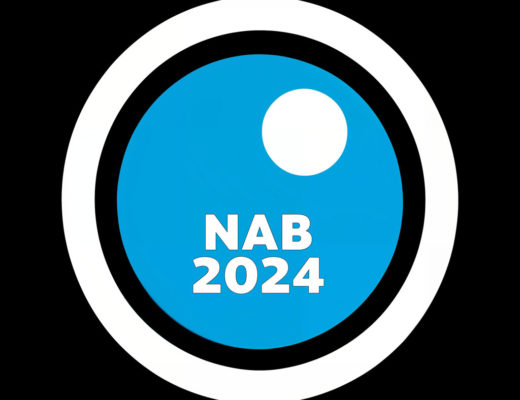On a weekly basis, I need to train new DAM users as well as give quick tutorials to current DAM users on specific aspects of the DAM. There are two ways I can train anyone regardless of where they are in the world as long as they have an internet connection. Neither involves expensive, time-consuming travel. Here’s how…
Posted by Henrik de Gyor on November 16, 2009
On a weekly basis, I need to train new DAM users as well as give quick tutorials to current DAM users on specific aspects of the DAM.
There are two ways I can train anyone regardless of where they are in the world as long as they have an internet connection. Neither involves expensive, time-consuming travel. Why should anyone spend a day traveling just to meet for an hour of training?
I regularly get a call, email or instant message with a specific DAM question. I often forward them a link from an intranet wiki with relevant information and supporting documentation to answer their questions. The wiki includes a FAQ page compiled of Frequently Asked Questions which links back to related parts of the DAM manual for details. This can include step by step directions on how to perform a specific task in the DAM. This is my indirect way to train, support and reinforce the ways to use the DAM.
Then, there is the direct way. If they need further assistance, we can setup a quick web conferencing session (a screen sharing conference call). Most people are familiar with the idea of the conference call where many people can call one phone number to collaborate simply by voice. Now, add the component of sharing your computer screen with the people you are speaking with. Pull up the DAM on your computer screen so everyone can follow along, see your cursor and watch step-by-step motions during the training. Note that everyone needs a fast, reliable internet connection to do this and the person sharing their screen will need to really slow down their motions for the cursor to be followed because there is often a small delay between what is said and what is seen when screen sharing. If training involves people outside of my time zone, I am careful to schedule training when it is convenient for the majority, but we are certainly not limited to the 9am to 5pm schedule any longer (that can be good and bad, depending what the priority happens to be).
There are several web conferencing tools available whether they are free or paid, but all . Some of the well-known free web conferencing services are quite good. The main differences I have noticed with the paid versions of web conferencing are often:
- Better security
- More reliability
- More options (like built-in polling and IM)
- Allow more users at one time on the same web conference
I have heard of some organizations recording and making available a series of ‘how-to’ videos to supplement their written documentation about how to use the DAM. This can be more time-consuming in the creation of these videos and if your DAM system ever upgrades, those videos may need to be updated to reflect new (often improved) changes to workflow. Luckily, Web conferences can also be recorded and watched on demand at a later date.
Of course, all these tools can be used for so much more than just DAM training and support. As an early adopter to these tools, I have seen many naysayers begin to eventually adopt the same tools (for the same reason$). It is amazing how efficient and effective tools can grow so rapidly in popularly. I hope this gives a helpful glimpse of how training can be done regardless of geographic location.
How do you train your remote DAM users?

Filmtools
Filmmakers go-to destination for pre-production, production & post production equipment!
Shop Now













